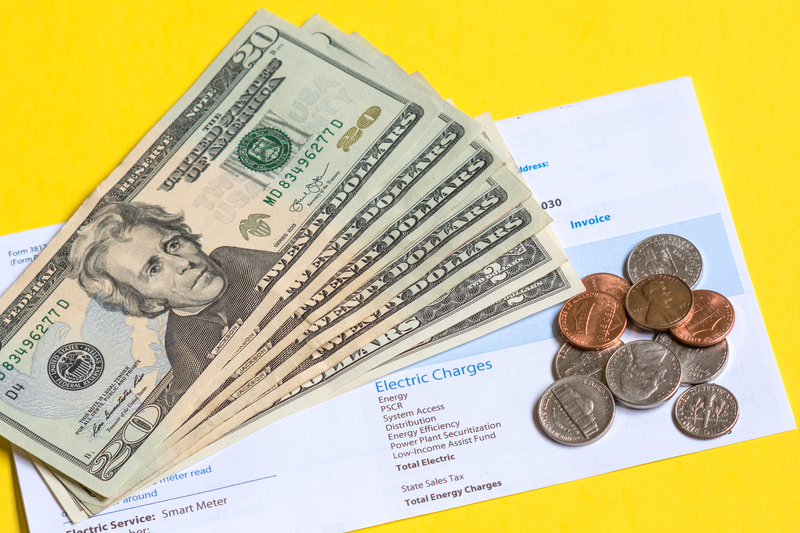This article is your complete guide to electric delivery vs electric supply charges in 2024. Every month that electric bill comes in the mail, and you may be wondering why it costs so much and exactly what your electric bill covers. You may see various charges ranging from transmission charges to customer charges and not fully understand what you are paying for. You are not alone!
Many businesses and individual energy consumers do not understand the many charges listed on their monthly bills. This article will be your complete guide to understanding your electric bill including the two most important charges which are your electric delivery vs supply charge!
Here at The Energy Professor, we want to give you the information you need to not only save money on your energy bill but to also become more energy efficient. We hope find this post helpful! And makes it easier for you to know more about appliance energy usage. Be sure to also check out our one-of-a-kind energy savings calculator!
The Energy Professor Electricity Rate Check Tool
Understanding Electric Delivery Vs Supply 2024
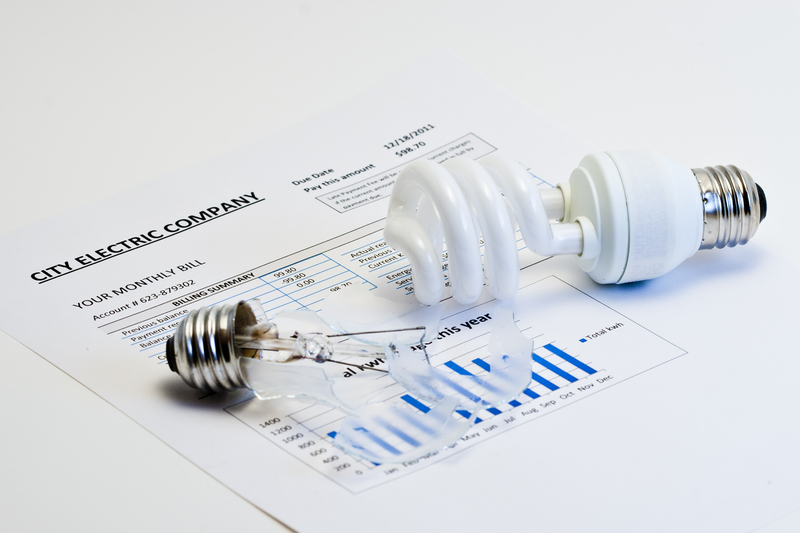
Understanding your electric bill involves recognizing the two main costs: supply charges and delivery charges. The supply charge relates to the actual electricity you use in your home or business – essentially, the kilowatt-hours of electricity powering your appliances and devices. In contrast, the delivery charge covers the infrastructure and services needed to transport electricity from the power plant to your location, including maintenance of power lines and other equipment.
In short, supply is the electricity you consume, while delivery is the system that brings it to you.
This distinction is key in understanding how electricity is generated at facilities like solar farms or nuclear plants and then delivered to your home by Transmission and Distribution Service Providers (TDSPs) or Electric Distribution Utilities (EDUs). These entities are responsible for the physical delivery and maintenance of electrical infrastructure. Your retail electricity provider (REP) or local utility combines these costs to create your monthly bill, making it important to understand each component when assessing your total charges.
Related post: How To Switch Energy Providers
What is an Electricity Supply Charge 2024?
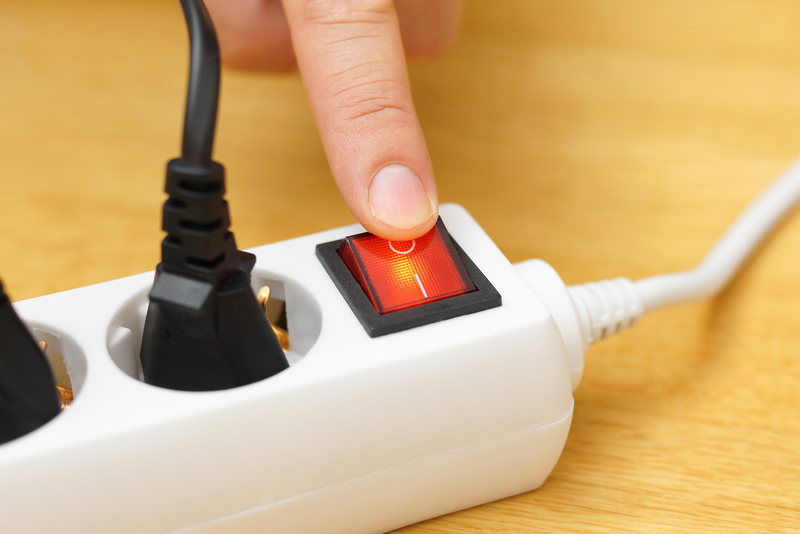
This charge represents the total cost of generating the electricity you use. Known as the supply or energy rate, it’s the price you pay per kilowatt-hour (kWh) of electricity consumed in your home or business.
Your electricity provider or utility company sets this supply charge, which appears as a separate item on your electric bill. It covers the costs of generating or purchasing electricity, including fuel, infrastructure maintenance, and administrative expenses. Essentially, your supply charge is based on your electricity usage and the prevailing kWh price.
What is the Electricity Delivery Charge?
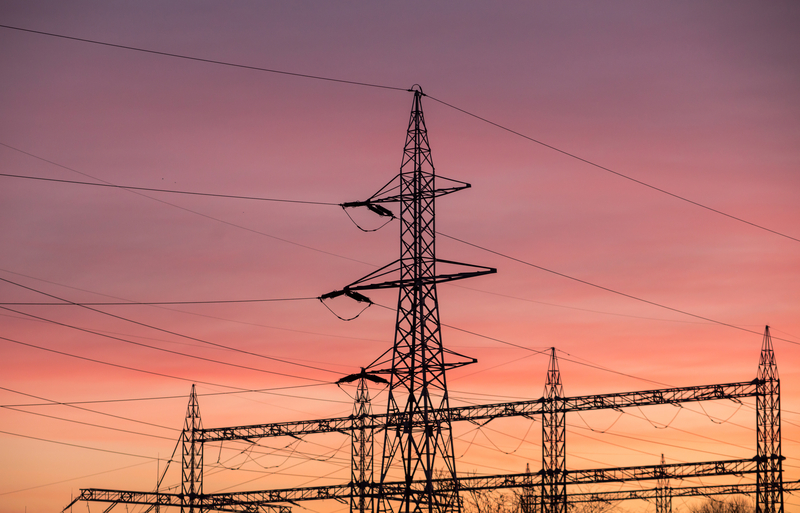
So the next question we must cover is, what is an electricity delivery charge? An electricity delivery charge on your electric bill is a rate set by your Transmission and Distribution Service Providers (TDSP) or Electric Distribution Utilities (EDUs). This rate covers the transition, transmission, and distribution of electricity from the generation facility to your home or business.
An electricity delivery charge, also known as a distribution charge, refers to the cost associated with the delivery of electricity from the power source to your home or business. It covers the expenses incurred in maintaining and operating the infrastructure necessary to distribute electricity, such as power lines, transformers, substations, and meters.
The delivery charge is typically set by your local utility company or distribution company and is regulated by state or regional authorities. It is based on factors like the size of your electrical service, the distance between your location and the power source, and the maintenance costs of the distribution system.
The delivery charge is usually calculated based on a fixed fee, a rate per kilowatt-hour (kWh) consumed, or a combination of both. It is separate from the electricity supply charge, which covers the cost of the actual electricity you consume.
What is an Electricity Delivery Charge?
- The rate set by your TDSP or EDU to cover the cost of the transition, transmission, and distribution of electricity from the generation facility to your home or small business.
We can further break down your delivery charge by understanding the transition, transmission, and distribution charges.
What are other charges that occur on electric bills?
- Energy Conservation Charge – a fund implemented by a state program to fund utility efficiency measures.
- Renewable Energy Charge – a fund implemented by a state program to support renewable energy efforts.
- Distribution Demand Charge – Commercial and industrial companies acquire this charge for using mass amounts of electricity. If you are a business that requires a lot of energy during peak periods, you will see this charge as a massive chunk in your electric bill.
Related post: Complete Guide on How to Choose An Electricity Provider
Supply vs Delivery Charge FAQs
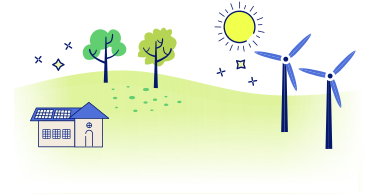
Q: What is the Transmission Charge On My Electric Bill?
A: For electricity to reach your establishment or home, it must cross high-voltage lines from the electricity generation site. Your electricity supplier will pay a rate for electricity to be transmitted, therefore, charging you such a fee.
Q: What is the Distribution Charge On My Electric Bill?
A: When electricity travels from the high-voltage lines over to local power lines and then to your home or business, it costs money! The utility companies built that infrastructure, such as power poles and local lines, to get to your house. To recoup the costs of building those, the utility company charges you for a distribution service on your electric bill.
Q: What is the Transition Charge on my Electric Bill?
A: Transition charges are acquired on electric bills simply to recover costs. Many of these are associated with meeting the state’s legal requirements. Your state Public Utility Commission sets your transition charge on your electricity bill.
Q: Do all Electric Companies Charge a Delivery Fee?
A: The answer is yes, all electric utilities will charge their customers a delivery fee for their service.
Q: What is the Difference Between Electric Delivery vs Supply?
A: Your electric supply charge comes from the energy that you consume at your business or household. When you sign a contract, you agree to pay a rate for how many kWh of energy you consume. Your electric delivery supply charge comes from the overall costs that acquire from getting electricity from a generation site, directly to your home.
Q: What is the Difference Between my Gas Bill and my Electric Bill?
A: Depending on what you use for an energy source, you can also be paying for a gas bill. Certain buildings use natural gas to heat their homes, heat water usage, and cook on a stovetop! Some households do not use natural gas and, therefore, do not have a gas bill.
Q: Can I Switch Energy Providers if my Bill is Too High?
A: Yes and no. If you’re wondering why your electric delivery prices are so high and you want to change your energy provider to a lower rate, it depends on where you live. Certain states have regulated energy. This means you can only get your electricity from one energy provider. However, if you live in a deregulated energy state, you can look into switching your provider.
Do you Need Cheaper Electricity?
If you’ve taken the time to understand the information on your bill and discovered you’re paying more than you’d like for your electricity, have you looked around for a cheaper deal? The Energy Professor has a wealth of information on ways to save on your utilities, including details of top deals that could significantly reduce your monthly or quarterly electricity bills.
We hope you found this article helpful! If you are looking for ways to increase energy efficiency and sustainability in your home be sure to take a look at all of the latest renewable energy options in your area. The Energy Professor helps residential and small business owners find qualified energy suppliers in New York, New Jersey, Pennsylvania, Texas, Ohio, Maryland, Illinois, and Massachusetts

